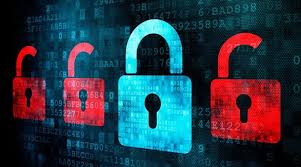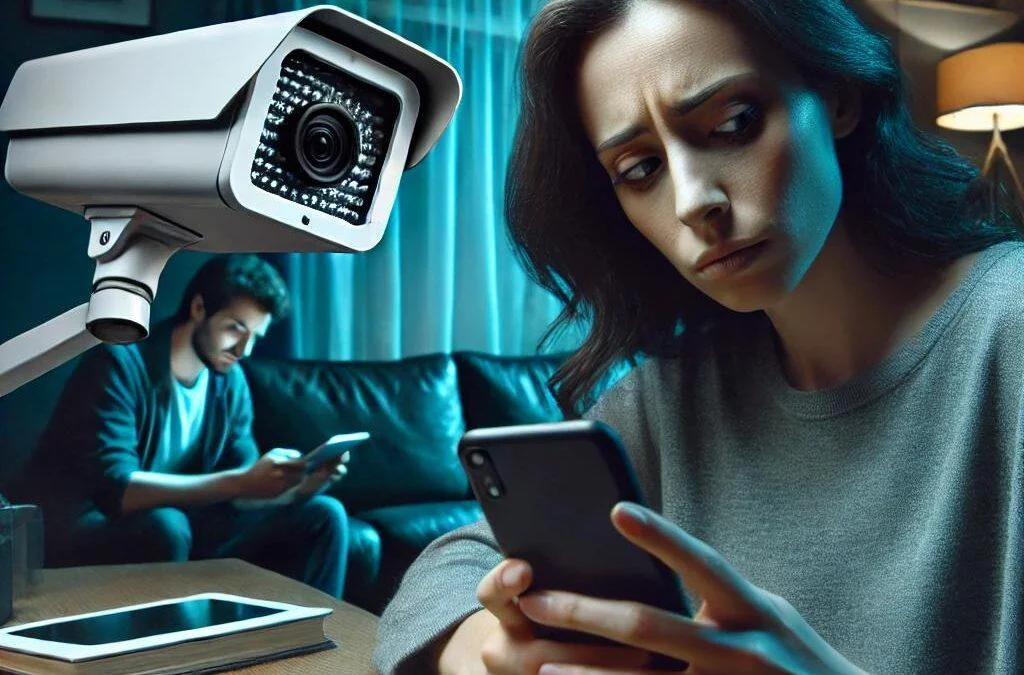In the digital age, privacy is becoming a rare commodity. The proliferation of electronic surveillance technology has made it easier than ever for individuals, corporations, and even governments to monitor conversations, locations, and activities—often without consent or knowledge. From hidden cameras to GPS trackers and audio bugs, the tools of surveillance have grown more sophisticated, more compact, and more accessible to the average person.
As threats to personal and organizational privacy rise, so too does the demand for professional debugging services—a critical component in protecting sensitive information and reclaiming private space. This article explores the rise of electronic surveillance, the types of threats you might face, and how professional debugging services (also known as Technical Surveillance Countermeasures or TSCM) can help safeguard your privacy.
The Explosion of Surveillance Technology
Modern surveillance tools are discreet, affordable, and widely available online. Some of the most commonly used devices include:
- Miniature hidden cameras: Often embedded in everyday objects like smoke detectors, light bulbs, phone chargers, or pens.
- Audio bugs: Small microphones that can be hidden behind walls, in furniture, or in electronics.
- GPS tracking devices: Easily attached to vehicles or personal belongings to monitor location in real-time.
- Wi-Fi and Bluetooth surveillance tools: Used to intercept data or eavesdrop on network communications.
- Spyware and stalkerware: Installed on computers or phones to track keystrokes, emails, and app activity.
These devices can be used for legitimate purposes, such as home security or business management, but when deployed without consent, they become tools of violation.
Who Is at Risk?
The truth is: anyone can be a target. However, certain individuals and groups are at higher risk:
- Business executives and entrepreneurs: Vulnerable to corporate espionage or data theft.
- Politicians and public figures: Often targets of political adversaries or media surveillance.
- Divorcing spouses or custody litigants: Surveillance can be used to gain leverage.
- Stalking victims: Stalkers may use hidden devices to track movements or eavesdrop.
- Activists and journalists: May face surveillance from opposing interests or institutions.
Whether you’re protecting trade secrets, sensitive legal strategy, or personal safety, vigilance is crucial.
Signs You Might Be Under Electronic Surveillance
Recognizing the signs is the first step in combating unwanted monitoring:
- Strange static, clicks, or interference during phone calls
- Unexplained battery drain or overheating of devices
- Odd or misplaced objects around the home or office
- Unfamiliar vehicles or individuals loitering nearby
- Suspicious increase in spam or phishing attempts
- Wi-Fi network slowdowns or appearance of unknown devices on your network
If you notice any combination of these, it may be time to investigate further.

What Are Debugging Services (TSCM)?
Debugging services, or Technical Surveillance Countermeasures (TSCM), refer to the process of inspecting environments for unauthorized surveillance equipment and vulnerabilities. These services are performed by trained professionals using specialized tools to detect, locate, and neutralize electronic threats.
TSCM inspections can be conducted in a variety of settings, including:
- Residences
- Offices and boardrooms
- Vehicles
- Hotel rooms and Airbnbs
- Conference facilities
What Happens During a Debugging Sweep?
A professional debugging sweep involves several phases:
1. Preliminary Consultation and Risk Assessment
Experts gather background information to understand the nature of the suspected threat.
2. Visual and Physical Inspection
They search for anomalies in walls, furniture, light fixtures, electronics, and decor that may hide surveillance devices.
3. Radio Frequency (RF) Analysis
Using RF scanners, professionals detect devices that are actively transmitting data.
4. Thermal and Infrared Scanning
Thermal imaging tools can detect hidden devices by identifying abnormal heat signatures.
5. Non-Linear Junction Detection (NLJD)
NLJD devices find electronic components, even when powered off, by sensing their semiconductor properties.
6. Acoustic Leakage Tests
These check for microphones embedded in surfaces like walls or windows that may transmit sound via vibrations.
7. Wi-Fi and Network Analysis
Technicians examine network traffic and identify unauthorized access points or connected devices.
8. Reporting and Remediation
Once the sweep is complete, the team provides a detailed report, including any devices found, steps taken, and recommendations for preventing future breaches.
The Benefits of Professional Debugging Services
- Peace of mind: Knowing your space is clean of bugs restores a sense of safety.
- Business continuity: Protecting trade secrets and strategy meetings from leaks.
- Legal advantage: Evidence of unlawful surveillance can be used in court.
- Security compliance: Helps meet regulatory requirements in sectors like finance, law, or healthcare.
- Early detection: Identifying and neutralizing threats before significant damage occurs.
Preventing Future Surveillance Threats
After a successful sweep, it’s essential to reinforce your space:
- Use physical access controls and secure locks
- Encrypt communications and data
- Regularly scan networks for unknown devices
- Train staff in digital hygiene and social engineering awareness
- Schedule periodic TSCM evaluations, especially in high-risk environments

Legal Landscape: What You Need to Know
The legality of surveillance varies depending on jurisdiction, but generally:
- Audio recording without consent is illegal in many areas
- Video recording may be permitted in public or common spaces, but not in private areas like bathrooms or bedrooms
- Installing spyware or tracking devices without authorization is usually a criminal offense
If you suspect you’re the target of illegal surveillance, it is critical to involve law enforcement and consult legal counsel before handling or removing devices.
Final Thoughts
In today’s connected world, the threat of electronic surveillance is no longer confined to spy thrillers or high-level espionage. From homes and offices to vehicles and personal devices, privacy is under constant siege.
Professional debugging services are no longer a luxury for the elite—they are a necessary safeguard for anyone dealing with sensitive information or facing surveillance risks. By understanding the threats and taking proactive steps, you can reclaim control of your space, secure your communications, and protect your most valuable asset: your privacy.
Remember, awareness is your first line of defense. If you sense that something isn’t right, trust your instincts—and don’t hesitate to seek expert help.



